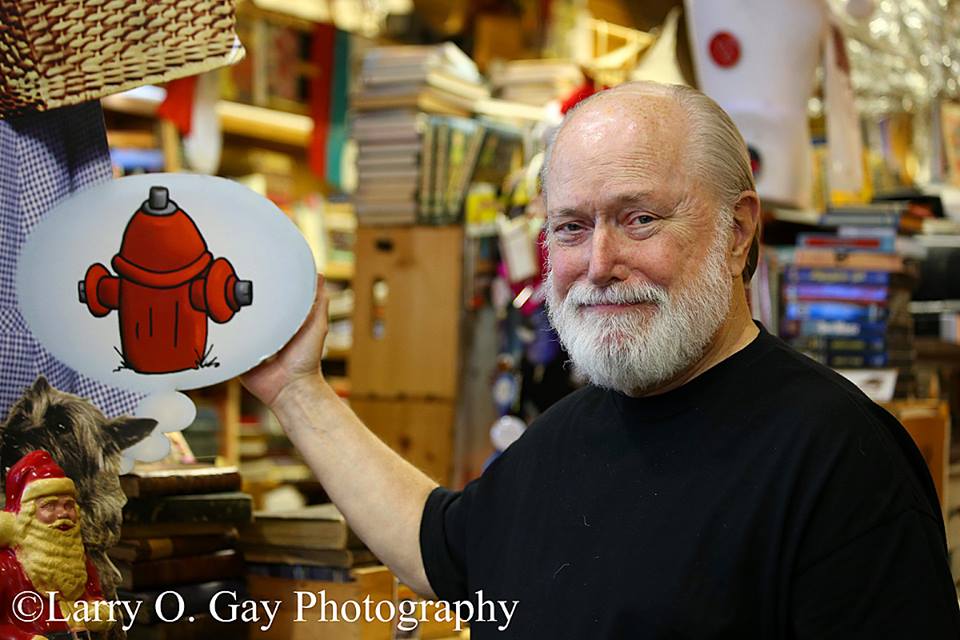Listen to Jim’s podcast: http://redclaydiary.com/
or read his story below:
The Day and a Half Late Newspaper This-Just-In Guy Gets Through the Morning
I am behind the Times and learning to love it.
I’ll explain.
Reading the latest newspaper is my lifelong idea of what a learned and informed person does each day. Just sitting quietly alone at home or in a diner, scanning the pulpy textured pages, wiping ink stains onto my sleeve, searching for signs of hope or discovery, looking for a laugh or a tear to rev me up for the day…that’s a routine I would not want to abandon.
Way back, when Birmingham’s daily paper self-destructed and became a jumble of unvetted unedited unproofed words shaken and thrown onto shrunken pages that appear only periodically, my days were disorienting and somewhat content-less. So, I turned to the only still-daily publication I could mostly trust—the New York Times. It arrives each day at my home, usually locate-able in the shrubbery and often dry and crisp, ready to be opened.
To my amazement, often the Times carries more relevant news about Alabama than the News does. Unlike the News, no anonymous snarky comments are allowed or respected, and the Times’ internal editors are its greatest critics and proofreaders. It’s fun to see a paper actively trying to be better each day. It is comforting to know there are actually well-trained and experienced reporters and op-ed writers working away.
But, as with any wonderful change of habit, there are adjustments to be made.
The Times has to wend its way from New York to Birmingham, so through whatever elaborate process that entails, I get the news at least a day late. If this is Tuesday, that means I am reading Sunday evening’s and yesterday morning’s news. I am used to that, but wait!
Unlike the tradition of early delivery in the wee hours of the morning, the Times carrier arrives as late as 9 a.m., which means I am already on the road to work…so I have to retrieve yesterday’s paper to read during the day, leaving this morning’s paper to be examined tomorrow.
Are you following me?
Basically, I am reading day-and-a-half-late-or-later news, way after it occurs. This leaves me out of step with everybody else. And actually, it is kind of nice.
Getting the news late means that I am basically a historian reviewing the world with some distance and perspective. The Times becomes a kind of daily weekly magazine.
After listening to folks wringing their hands about events over which they have no control, I get to quietly review what really happened through a lens that includes everything I’ve heard that has happened since. How can I explain this?
Since I know all the subsequent happenings I can read the first reportage with a little more sagacity and perspective. It’s a kind of time-travel. The Times is a Times Capsule, freezing things in place long after they happen, prepared to be examined by the likes of me. If I time-travel back two days and read the news, I can surprise those around me by predicting what will happen day after tomorrow. Uh, just take my word for it.
Anyhow, thank goodness for the Times. Its delivery to my home helps me maintain a tradition of calmly reviewing the day, after I’ve heard nothing but randomly excitable people repeating what they just read on Twitter or Facebook, what they have just been instructed to think by Fox and Rush.
I need a calming anchor in my day, and this is it
© Jim Reed 2015 A.D.
